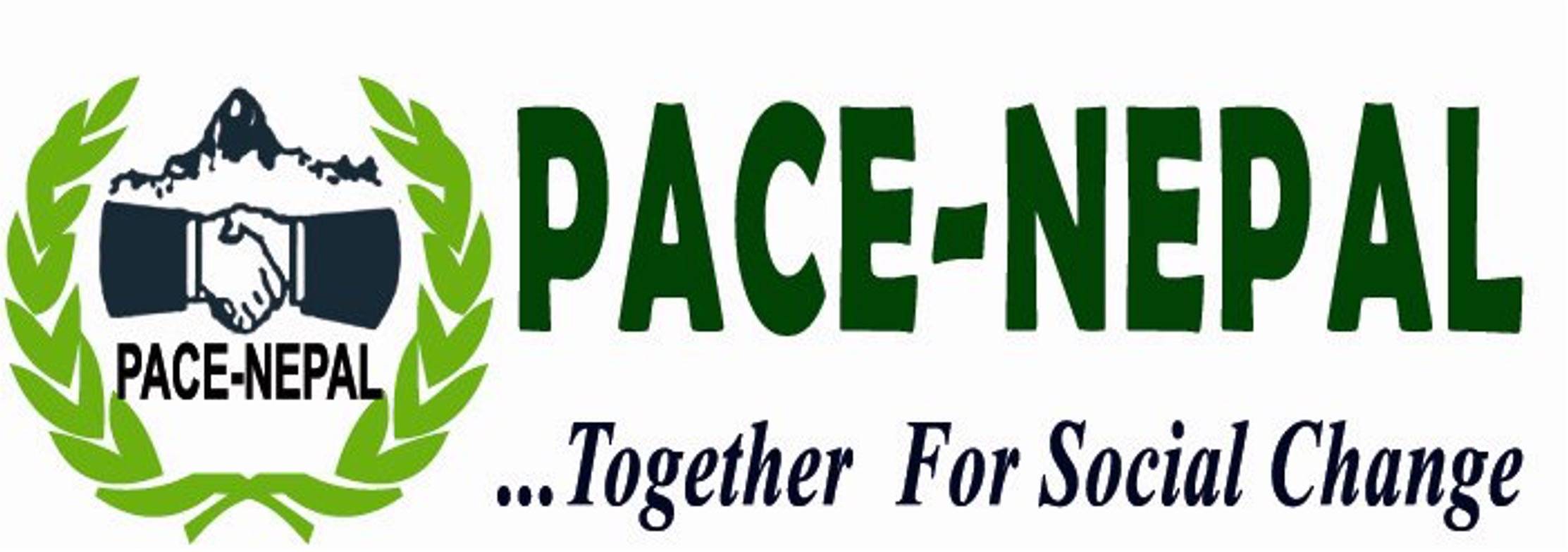Past project
Project Duration: 30 months (1st July 2012 to 30th Dec. 2014)
The two target districts, Jumla and Mugu, lie in the remote Karnali Zone, which is the largest zone in Nepal covering 21,351 sq km (about 15% of total area of Nepal). It is the poorest and the most backward region of Nepal and is not very accessible by road. Most of Karnali is unpopulated as 45% of its territory is located at an altitude above 4500 m and 47% is above 2500 m. This remote and little developed mountainous region is characterized by one of the lowest human development index and is neglected from the mainstream national development. The HDI and HPI figure shows Karnali zone at the bottom among 14 zones of Nepal.
It is characterized by chronic food shortage. The village communities and local government (VDC) in this region are not in a position to cope adequately with the social and economic problems arising from the various reasons such as low production and productivity, lack of infrastructures, return of internally displaced persons, etc.
Due to the neglect of traditional agriculture during the armed conflict in addition to this the changing eating habits of the population, which due to years of supply of rice in food aid often refrained from cultivating their own crops with traditional crops (millet, potatoes, corn, wheat, etc.) again. This has led to a permanent food shortage throughout the region, with the former growing areas now mostly abandoned and agricultural knowledge lost.
Target Beneficiaries: The direct beneficiaries are 1,200 families covering a population about 6,000 persons in 12 VDCs in 2 districts, Jumla and Mugu, in Karnali Zone. All those families are conflict affected, IDPs, minority communities, vulnerable duet to the kinds of disasters and poorest of the poor.
Project Coverage Areas: 8 VDCs of Jumla District (Ghode Mahadev, Tamti,Raralihi, Mahabe Pathar Khola, Kalikakhetu, Tatopani, Buvramandi Chaur andMalikthota VDCs.
4 VDCs of Mugu District : Rowa, Ruga, Khamale and Seri VDCs.
Nature of the project: The project will mainly contribute towards enhancing the skills of the poor food insecure vulnerable communities to ensure food security.
Effectiveness and impact of the project: The project is aimed at achieving food security to the people and communities who are food insecure and vulnerable to disasters.
Project Goal: Ensure food security to the poor and marginalized communities of Mugu and Jumla districts of Nepal.
Overall Objective: To improve socio-economic conditions of the targeted communities of 12 VDCS of Mugu and Jumla districts.
Specific Objectives:
• To improve food security of the poor by economically empowering them through ex ploring various sustainable livelihood options.
• To enhance the capacities and skills of the communities in the areas of agriculture, animal hus bandry and orchard management of development.
• Local enterprises are established and various enterprise activities undertaken.
• Local institutions are developed and strengthened and are working in coordination with the local communities, government line-agencies and other stakeholders to channelize resources into the communities.
• The people in the 12 VDCs are aware of environment degradation and related haz ards, their trends and changes leading to more environment friendly practices.
• To improve disaster preparedness of the communities through plantations, awareness activities and small structural landslides mitigation measures.
Project Duration: 30 months (1st July 2012 to 30th Dec. 2014)
Core Results of the Project:
I. Local institutions in the form of community groups, networks or cooperatives are developed and actively involved in identifying and mobilizing local and other available resources.
• Institutional development and capacity building.
• Formation and mobilization of community groups and networks/cooperatives.
• Awareness activities: trainings and workshops.
• Capacity building activities: capacity building trainings to group members and lead ers and exposures visits.
• Advocacy and Lobby:
• Local exchange visits among groups, exposures;
• Interactions of communities, groups and network members with representatives of local government and non-government line-agencies;
II. Improved livelihood and increased food security.
III. Communities are aware of environment degradation and the related hazards and have assessed their risks and implemented coping and innovative mitigation and preparedness practices that protect their lives, livelihoods and resources.
• Preparedness measures: sensitization of local communities and leaders; early warning: identifying early warning signs;
Mitigation measures:
• Plantation (fruits such as apple and peaches and fodder trees) and vegetation activities on barren lands;
• Support for small low-cost mitigation technologies such as spurs, sand bag and gabion box filling, etc.
Sustainability of the Project:
This program which employs participatory approach aims at including community people throughout the project cycle as active agents rather than passive recipient of services. The project will develop and enhance the capacities of the people and empower them to combat food insecurity collectively. Thus the approach of. Empowering the communities is a sustainable approach as it empowers the people to work for their own benefit.
An important strategy for the proposed project is the development of local institutions and structures such as local CBOs and cooperatives which will be basis for longer-term sustainability of the results.


